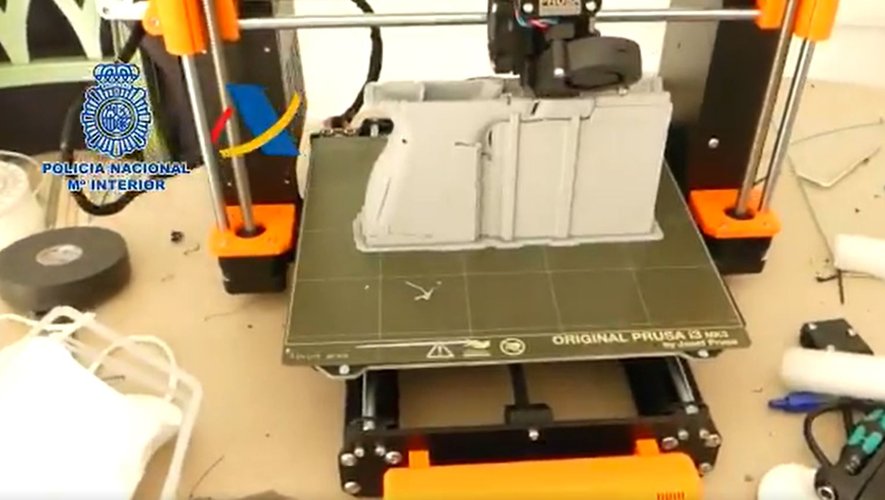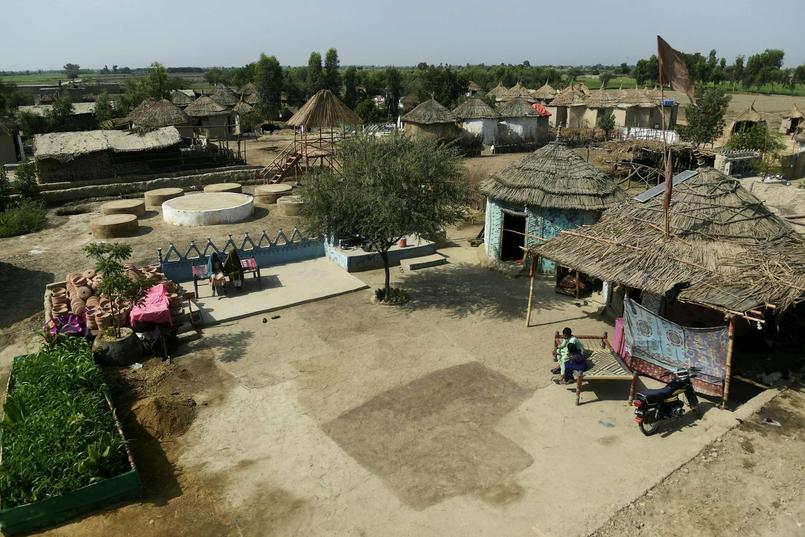
In a context where technological *innovation* is evolving rapidly, police are turning to the *3D printing* industry to combat the growing threat of weapon-to-machine gun conversion devices. This proactive approach illustrates the authorities’ desire to tackle the worrying phenomenon of the growing use of 3D printing by criminals seeking to manufacture sophisticated weapons. By effectively integrating the capabilities of this technology, law enforcement hopes to not only identify criminal networks, but also strengthen public safety in the face of this new wave of threats.

Faced with the rise of 3D printing technologies, the police are faced with new challenges in terms of public safety. Indeed, the advanced development of three-dimensional printing offers criminals the ability to transform legal weapons into much more threatening devices, such as machine guns. This situation encourages authorities to explore innovative solutions and to rely on the 3D printing industry to implement effective prevention and control strategies.
Table of Contents
ToggleNew threats linked to 3D printing
There rapid growth 3D printing is a double-edged sword. On the one hand, it presents incredible opportunities for different sectors, from architecture to medical to automotive. On the other hand, it also facilitates the creation of dangerous devices such as firearms. There are reports that criminals are using 3D printers to turn regular pistols into machine guns in an accessible and inexpensive way.
Reaction from law enforcement
To deal with this situation, the authorities are establishing collaborations with the3D printing industry. Thanks to technological innovation, the police are implementing detection tools and systems for identifying the components of weapons manufactured in 3D. These measures include the analysis of print files, thereby identifying models that could be used to manufacture illegal weapons. At the same time, law enforcement is also strengthening the training of its agents so that they are better prepared to detect potential threats through this means.
Prevention through education and regulation
The police efforts are accompanied by a awareness increased around the risks linked to 3D printing. The authorities highlight the importance of clear regulations regarding the manufacturing of firearms using this technology. By imposing strict standards and regular checks, it becomes possible to limit the misuse of 3D printers. Education campaigns also aim to inform the public about the dangers of 3D printed firearms and the legal consequences associated with their manufacturing.
An evolving legal framework
The legal framework governing 3D printing and firearms is undergoing a evolution constant. Governments are taking legislative measures to prevent the manufacture of illegal weapons while trying to regulate the legitimate use of these technologies. Striking a balance between innovation, protecting the creativity of inventors and public safety is essential, which remains a significant challenge for lawmakers.
Conclusion of innovations in the fight against trafficking
The applications of 3D printing continue to expand, and with them, security risks. By leveraging the 3D printing industry, police are seeking to better anticipate threats and adapt to new criminal trends. Through innovation and collaboration, combating machine gun conversion devices is becoming a priority, demonstrating the technology’s potential to transform approaches to public safety.
- Criminal network : Increased monitoring of 3D weapons manufacturing networks.
- 3D printing : Increasing use for illegal arms manufacturing.
- Technology : Advanced detection tools to identify 3D printers.
- Prevention : Training of police officers on the risks of 3D printing.
- Collaboration : Partnerships with companies in the sector for innovative solutions.
- Legal framework : Strengthening laws around the manufacturing of 3D weapons.
- Information campaigns : Raising public awareness of the dangers of 3D printed weapons.
- Research : Studies on trends in 3D printer leaks to criminal circles.
- Control : Monitoring plan for metal parts designed by 3D printing.
- Education : Educational programs to deter criminal behavior related to 3D printing.
Somanity, l'impression 3D pour créer des exosquelettes 👉 https://t.co/YbMTuKJoFi https://t.co/YbMTuKJoFi
— La Provence (@laprovence) July 16, 2024
















